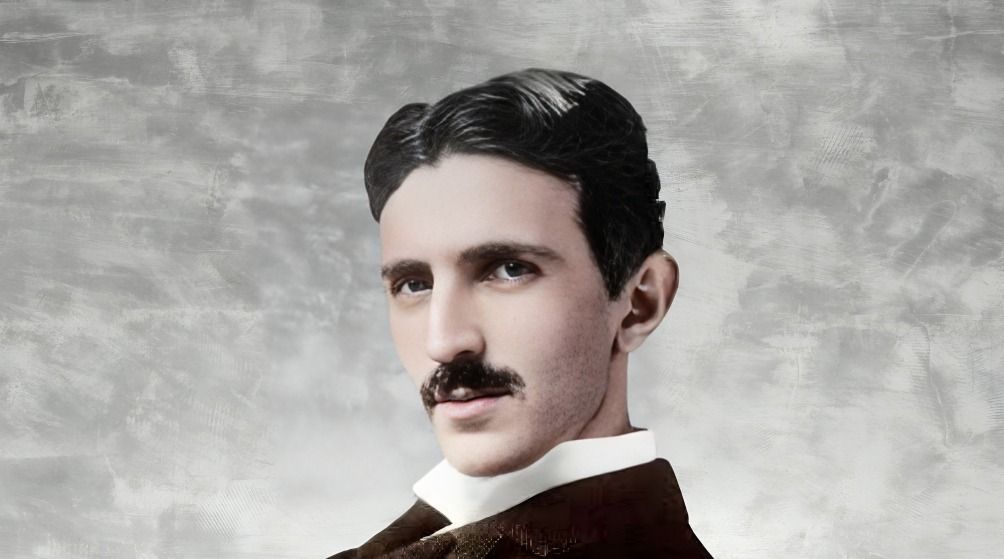
“
Nikola Tesla, a brilliant inventor and visionary, contributed countless innovations that have shaped modern technology. Known for his groundbreaking work in electricity, Tesla's inventions laid the foundation for alternating current (AC), wireless communication, and more. Beyond his scientific achievements, Tesla's life was full of captivating details, from his eccentric habits to ambitious ideas that were ahead of his time. This blog highlights 20 captivating facts about Nikola Tesla, offering a glimpse into the mind of a man who transformed science and inspired generations. Explore the remarkable legacy of a genius who truly was a pioneer in the field of innovation.1
”
Tesla was born in 1856 in what is now Croatia. From a young age, he exhibited an extraordinary ability to visualize complex machines and concepts, which later led to his groundbreaking inventions.1
Tesla’s love for electricity began early. By the age of 12, he could build working models of machines and had already begun exploring the principles of electricity and magnetism.2
Tesla studied electrical engineering at the University of Graz and later at the University of Prague, though he never completed his degree. Despite this, his knowledge of science was far beyond his peers.3
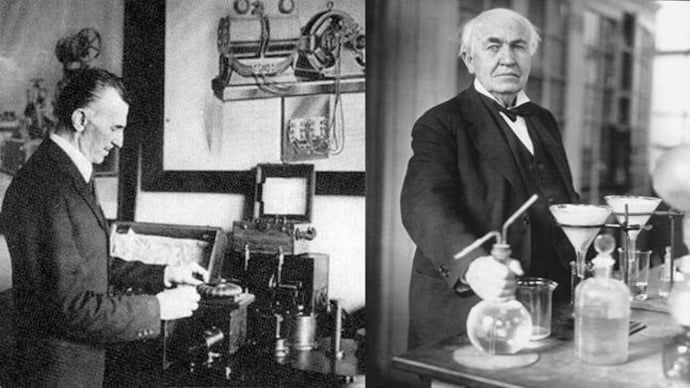
In 1884, Tesla moved to the United States and started working for Thomas Edison, who hired him to improve Edison’s direct current (DC) motors. Tesla, however, believed in the superiority of alternating current (AC) and would later revolutionize electrical power systems with it.
Tesla’s battle with Edison over AC versus DC is known as the "War of Currents." Tesla’s alternating current (AC) system ultimately became the standard for electrical power transmission worldwide.4
In 1887, Tesla developed the induction motor, which used alternating current to generate electricity. This invention laid the foundation for modern electric motors still in use today.5
Tesla's most famous invention was the Tesla coil, a device that generates high-voltage electricity. It is still used in radio technology and is a key component of wireless energy transmission.6
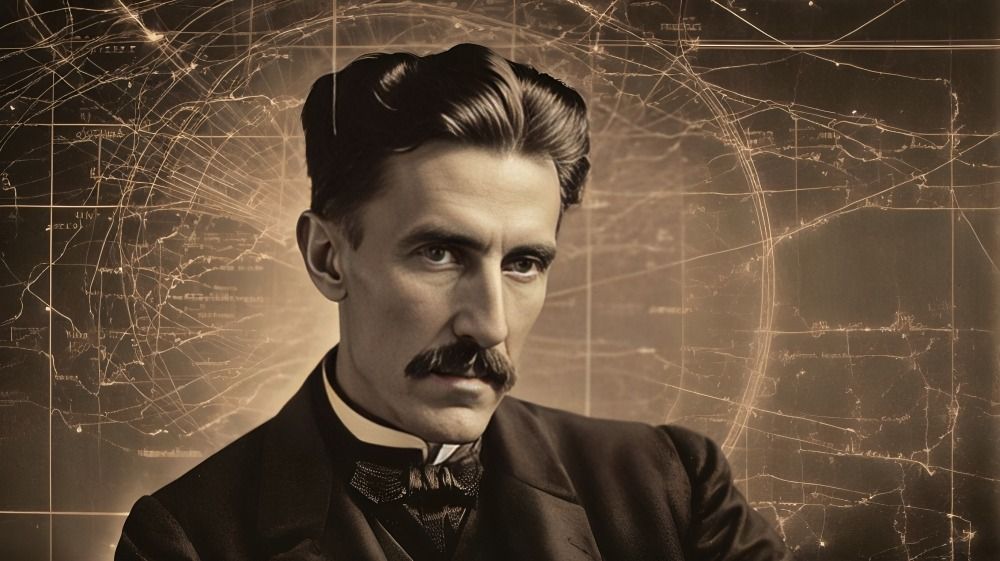
Tesla’s vision extended beyond electricity. He imagined a world where energy could be transmitted wirelessly, a concept that inspired his experiments with wireless power transmission.
In 1891, Tesla demonstrated wireless transmission of electricity, which was a precursor to modern technologies like Wi-Fi and Bluetooth, showing his foresight into the future of communication and energy.7
Tesla was not just an inventor but also an eccentric. He had a unique way of thinking, and many of his ideas were ahead of his time, including plans for free global wireless communication and energy transmission.8
In 1893, Tesla’s AC system was used to light the World’s Columbian Exposition in Chicago, marking a major victory for AC power and showcasing its potential to the world.9
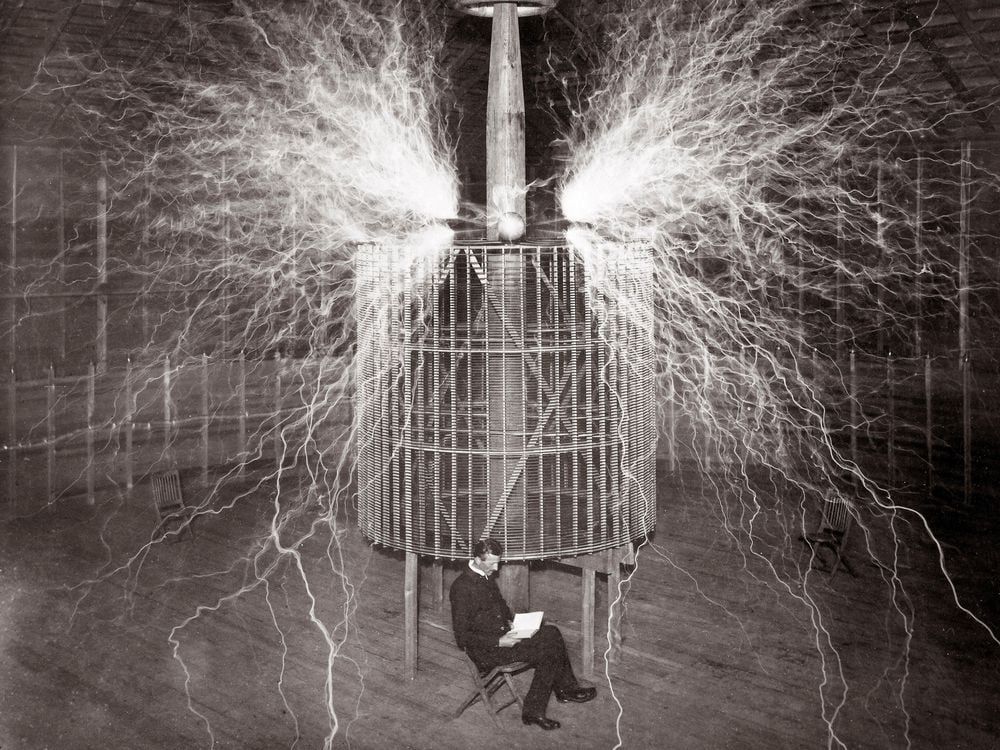
Tesla’s experiments with X-rays and electromagnetic fields led to important discoveries in the field of radiation. His work laid the foundation for future medical applications of X-rays.
Tesla had a strong belief in the power of technology to improve the world. He dreamed of creating a "global brain" where people could communicate instantly across the globe, a precursor to the internet and smartphones.10
One of Tesla’s most visionary ideas was the Wardenclyffe Tower, which he built with the aim of transmitting wireless energy across the world. Unfortunately, financial troubles led to the project’s abandonment.11
Tesla was a pioneer of radio technology, and in 1893, he demonstrated a radio-controlled boat, making him one of the first to use radio waves for wireless communication.12
Tesla was often reclusive and lived much of his later life alone. He was deeply focused on his work and had a habit of working tirelessly, sometimes for days without sleep, in pursuit of his ideas.13
Tesla’s obsession with cleanliness and order was legendary. He was known to wash his hands frequently, avoid touching things unnecessarily, and even had a fear of germs.14
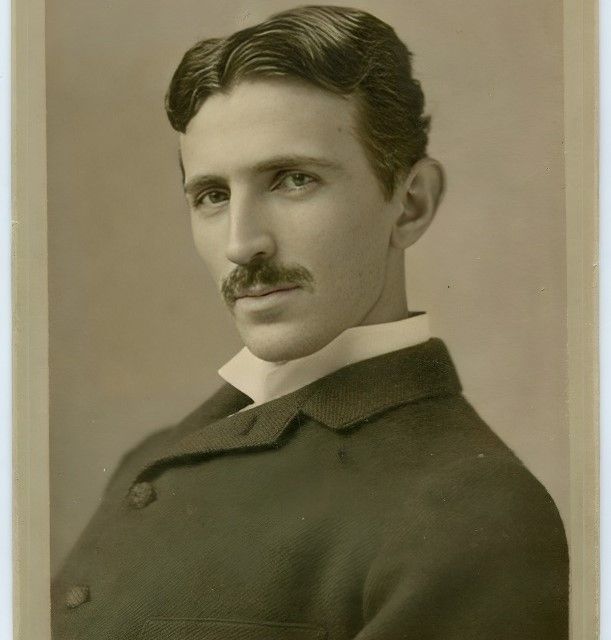
Tesla was a visionary who saw a future filled with electric cars, robotic devices, and wireless communication. Though he faced financial difficulties, many of his ideas are still relevant today.
In his final years, Tesla lived in New York City, often working on new projects and speaking about his dreams of a future powered by renewable energy. His work would later inspire generations of engineers.15
Tesla died in 1943 at the age of 86, impoverished and largely unrecognized, but his legacy lives on. Today, his inventions and ideas continue to shape modern technology, making him a true pioneer of the electrical age.16


